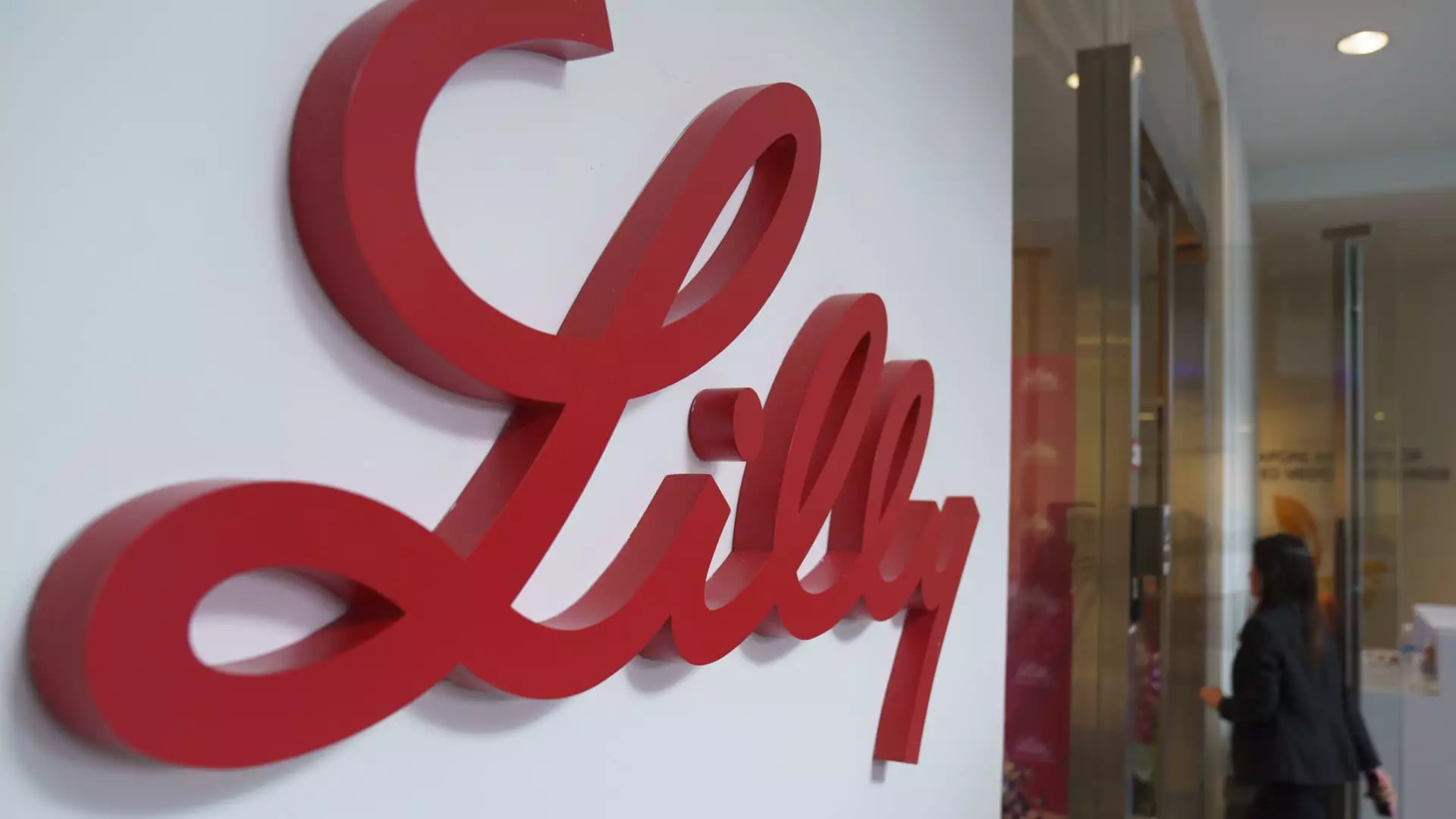In a surprising turn of events, Eli Lilly announced a downward revision of its revenue guidance on Tuesday, reflecting concerns about the performance of its critically acclaimed diabetes and weight loss medications. With investor sentiment swinging dramatically, shares plummeted over 7% during midday trading. The pharmaceutical giant has adjusted its anticipated full-year revenue for 2024 to approximately $45 billion, a slight decline from the previous projection of $45.4 billion to $46 billion issued just a few months earlier. Despite this setback, the company still forecasts a remarkable 32% increase in revenue compared to the prior year.
To support the soaring demand for its innovative drugs, particularly Mounjaro and Zepbound, Eli Lilly has committed significant resources to enhance its manufacturing capabilities. The company has focused on producing its incretin class of medications, a strategy that seems to yield fruit, with the FDA recently declaring an end to the U.S. shortage of tirzepatide, the active ingredient in both of these products. Eli Lilly’s CEO, Dave Ricks, expressed confidence in the company’s capacity to meet growing demand, stating, “We have tons of supply coming online,” and indicating a planned capacity increase to produce 60% more sellable doses of its incretin products in the first half of 2024 compared to the same period the previous year.
Looking ahead to the fourth quarter, Eli Lilly anticipates that its revenue will reach $13.5 billion, banking on contributions from its star products—approximately $3.5 billion from Mounjaro and $1.9 billion from Zepbound. Nonetheless, Wall Street expectations were set higher, with analysts previously forecasting $13.94 billion in fourth-quarter revenue, showcasing a disparity that has alarmed investors. The struggle is further compounded by intense competition from rivals such as Novo Nordisk and other emerging players in the weight loss and diabetes treatment space, which seek to capitalize on the burgeoning demand.
In response to market dynamics and competition pressures, Eli Lilly is also in the process of developing an orally administered obesity pill. This innovation is expected to provide a more patient-friendly alternative to existing medications. Ricks has expressed optimism regarding this potential product, suggesting that FDA approval could occur as soon as early next year. The entry of this new product into the market could significantly enhance Eli Lilly’s market share, provided it successfully addresses consumer needs.
Eli Lilly’s recent revenue guidance cut serves as a critical reminder of the volatile nature of pharmaceutical markets, where expectations can shift rapidly due to a complex interplay of manufacturing capabilities, market competition, and consumer demand. While the company continues to innovate and expand its production capacity, its ability to align supply with demand remains a focal point moving into 2025. With projected sales estimates ranging between $58 billion and $61 billion for the next fiscal year, only time will tell how effectively Eli Lilly will navigate the challenges ahead and capitalize on the abundance of opportunity in the weight loss and diabetes drug market.

